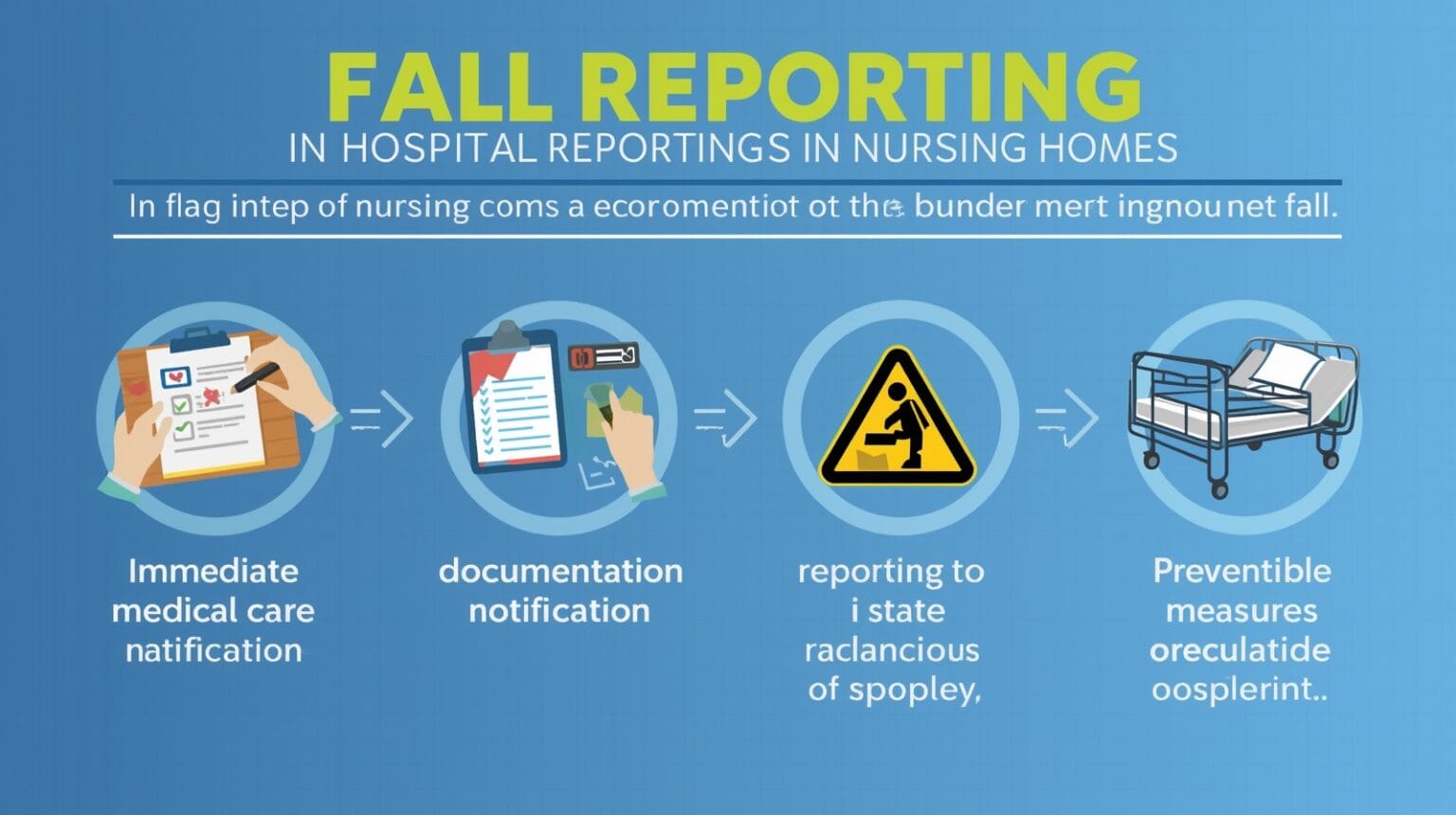Falls among elderly residents are one of the most common safety incidents in nursing homes. Given the vulnerability of older adults, even minor falls can lead to serious injuries, hospitalizations, or long-term health consequences. For this reason, fall reporting in nursing homes is a regulated requirement, designed to protect residents, ensure accountability, and maintain compliance with healthcare standards.
In this guide, we provide a comprehensive explanation of fall reporting rules in nursing homes, answering the frequently asked question: are nursing homes required to report falls? We also outline the legal obligations, best practices, and implications for families and care providers.
Why Fall Reporting in Nursing Homes Matters
Falls are a leading cause of injury-related deaths in older adults. Within the nursing home setting, they often result in:
- Hip fractures and broken bones
- Head trauma and concussions
- Increased hospital readmissions
- Decline in mobility and independence
- Psychological effects, such as fear of falling again
Without proper documentation and reporting, these incidents could go unnoticed or unaddressed, leading to repeated accidents and possible neglect. Regulatory agencies require clear reporting procedures to ensure residents receive proper treatment and facilities remain accountable.
Are Nursing Homes Required to Report Falls?
Yes, nursing homes are required to report falls. The Centers for Medicare & Medicaid Services (CMS) and state regulatory agencies mandate that all falls must be documented and, in many cases, reported. These requirements ensure transparency, improve patient safety, and allow for proper follow-up care.
In most jurisdictions, nursing homes must:
- Document every fall in the resident’s medical chart.
- Notify the resident’s family or legal representative promptly.
- Report falls with serious injuries to state health departments and federal agencies.
- Conduct an incident investigation to determine the cause and implement corrective measures.
The failure to comply with these obligations can result in penalties, loss of accreditation, or even legal action.
Federal and State Regulations on Fall Reporting
Federal Requirements
Under CMS regulations, nursing homes participating in Medicare and Medicaid programs are legally bound to maintain accurate records of all accidents, including falls. Nursing homes must:
- Report serious injuries to CMS and state survey agencies.
- Ensure that incident reports are available for review during inspections.
- Demonstrate that staff followed appropriate safety protocols.
State-Specific Rules
Each state enforces its own fall reporting requirements. While some states require immediate notification of any fall, others mandate reporting only if the incident results in injury. Most states require:
- Written documentation within 24 hours of the fall.
- Submission of a report to long-term care ombudsman programs.
- Cooperation with state inspections and audits.
What Happens After a Fall is Reported?
Once a fall occurs and is reported, nursing homes must follow a structured process:
- Immediate Care and Assessment
- Check for injuries, vital signs, and pain levels.
- Provide first aid or emergency transfer if needed.
- Incident Documentation
- Record time, location, staff involved, and circumstances.
- Note any assistive devices (walkers, wheelchairs) in use.
- Family Notification
- Inform next of kin or legal representatives promptly.
- Root Cause Analysis
- Evaluate environmental risks (slippery floors, poor lighting).
- Assess whether medication side effects or medical conditions contributed.
- Preventive Measures
- Modify care plans for higher fall risk residents.
- Provide staff training on fall prevention strategies.
Implications for Families of Residents
Families often wonder what steps they can take if they believe a nursing home has not properly reported a fall. Some important considerations include:
- Request access to medical records and incident reports.
- Ask for care plan updates that address fall prevention.
- Report concerns to state health agencies or ombudsman programs.
- Consult legal advice if negligence is suspected.
Families should feel empowered to advocate for their loved ones. Transparent reporting is not only a legal duty but also a sign of quality care.
Common Challenges Nursing Homes Face in Fall Reporting
Despite regulations, challenges remain:
- Underreporting of minor falls due to staff shortages or oversight.
- Fear of penalties, leading some facilities to delay or minimize reports.
- Inconsistent documentation across staff shifts.
- Communication gaps between nursing staff, physicians, and families.
These issues highlight the importance of strong compliance systems, staff training, and oversight mechanisms.
Best Practices for Fall Prevention and Reporting
To maintain compliance and ensure resident safety, nursing homes should adopt the following best practices:
- Implement fall prevention programs with regular risk assessments.
- Train staff consistently on reporting protocols and emergency response.
- Use technology, such as bed alarms or motion sensors, to monitor high-risk residents.
- Conduct regular audits to verify that all falls are properly reported.
- Encourage family involvement in monitoring care and safety.
By combining preventive strategies with rigorous reporting procedures, nursing homes can significantly reduce fall risks and improve care quality.
Legal Consequences of Failing to Report Falls
When nursing homes fail to report falls, the consequences can be severe:
- Fines and sanctions from regulatory bodies
- Loss of federal funding through Medicare or Medicaid programs
- Increased liability exposure and lawsuits from families
- Damage to reputation, affecting occupancy rates and trust
Strict adherence to fall reporting rules is both a legal requirement and a cornerstone of ethical care.
Conclusion
The question, are nursing homes required to report falls, has a clear answer: Yes, they are. Federal and state regulations mandate accurate documentation, family notification, and agency reporting to ensure resident safety and transparency. For families, understanding these rules is essential to holding facilities accountable and ensuring their loved ones receive proper care.
A well-functioning fall reporting system not only fulfills legal obligations but also reinforces trust, promotes safety, and prevents future accidents. Nursing homes must treat reporting as a fundamental responsibility—one that directly impacts the well-being of residents and the confidence of families.
FAQS
What happens if a patient falls in a nursing home?
The patient is assessed immediately for injuries, treatment is provided, the incident is documented, family is notified, and preventive measures are implemented.
What is the biggest complaint regarding nursing homes?
The most common complaint is poor quality of care, including issues with neglect, staff shortages, and lack of proper communication.
How to document a fall in a nursing home?
Staff must record the date, time, location, circumstances, injuries, staff present, interventions provided, and any follow-up care or preventive actions.
How do you report falls in care homes?
Falls are reported internally through incident forms, documented in medical records, families are informed, and serious falls are reported to state regulatory agencies.


